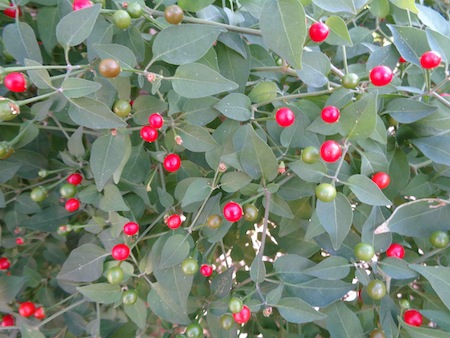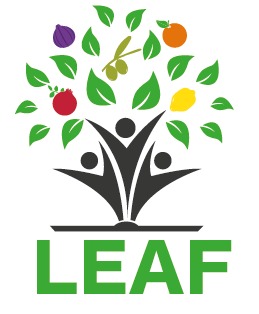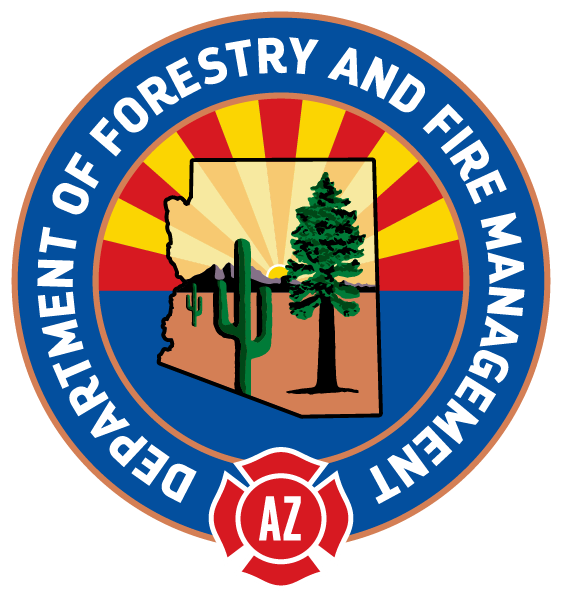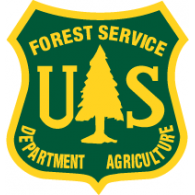Develop Tree Planting Design
Click Here for a PDF of Develop Tree Planting Design
Develop a clear plan for your edible tree planting site. Take into account site-specific conditions and microclimates including sun and shade, strong winds, cold air drainage, wildfire potential, wildlife and other factors. Choose trees that grow well in your general area and in the microclimates at your site. Given your site microclimates and available water resources, following Site Design Principles can help you choose and place trees to create a more self-sustaining, productive edible tree site. As always, know where all above ground and underground utility lines are before you plan, dig or plant, and do not plant over buried utility lines or under overhead utility lines.
Example tree planting designs are shown below for a Mid-Elevation Desert site and for a High-Plateau/Mountain site. These illustrate the use of the Site Design Principles, water resource strategies and selection of trees for different areas of Arizona.
SITE DESIGN PRINCIPLES
|
|
|
MID-ELEVATION DESERT DESIGN EXAMPLE |
|
HIGH-PLATEAU/MOUNTAIN AREA DESIGN EXAMPLE |
|
CAUTION: Never eat anything that is not properly identified. It is your responsibility to ensure that all fruits, nuts, seeds, pods and other edible products of trees and shrubs are correctly identified and safe to eat before eating them or serving them to others.
Copyright 2023
LEAF is under the fiduciary stewardship of the Arizona Community Tree Council, a 501(c)3 non-profit organization.
70 S Val Vista Drive, Suite A3-186, Gilbert, AZ 85296









